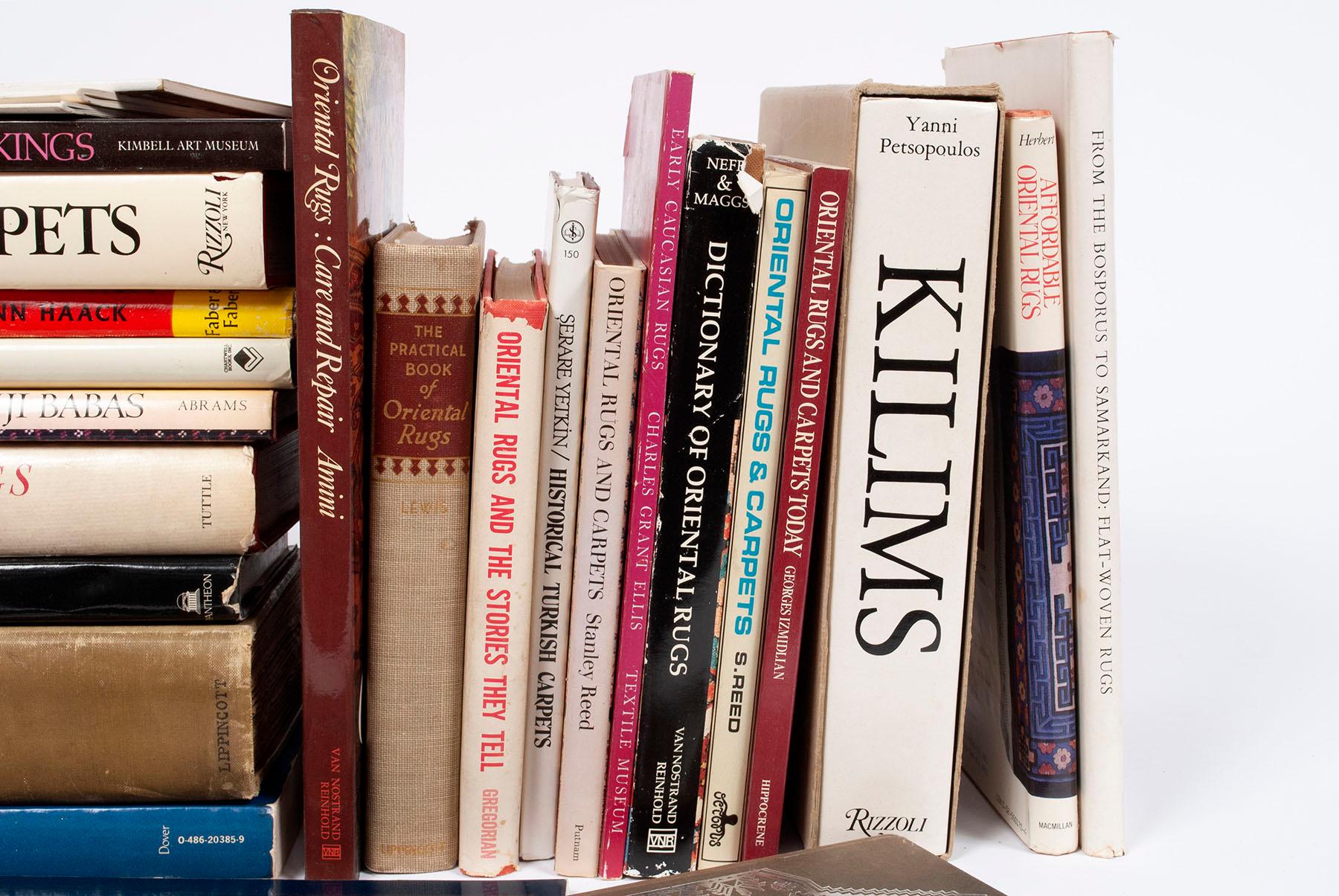Rugs that are tied to nature
Qashqai rug; the gem of Persian hand-woven carpets The most prominent of all the tribal carpet weavers in Iran and perhaps the world are the weavers of the Qashqai tribe. It is the Qashqai carpet that has registered the name of the Qashqai tribe in the history of world civilization and culture. The colorful free imaginations that the nomadic women of this great tribe have released in their hand-woven carpets are unparalleled.
Qashqai rug; the gem of Persian hand-woven carpets The most prominent of all the tribal carpet weavers in Iran and perhaps the world are the weavers of the Qashqai tribe. It is the Qashqai carpet that has registered the name of the Qashqai tribe in the history of world civilization and culture. The colorful free imaginations that the nomadic women of this great tribe have released in their hand-woven carpets are unparalleled.
Qashqai carpet
The life of the Qashqai people is tied to migration and living in nature. In the green plains of Fars province, men with white hats (with brims) who move along the roads with their dogs and large flocks of sheep and goats, and women with colorful clothes who move towards the new migration with donkeys and horses. The tents they live in are often made of goat hair. The Qashqais use the wool of their sheep to produce everyday objects such as carpets that are used for various purposes and are decorated with different patterns. You can find all the world of Qashqai in their carpet designs, such as animals, plants, trees and people in a simplified form. In addition to these everyday patterns, there are also examples that are inspired by wall paintings and columns of Persepolis.
History of Qashqai carpet
The art of weaving Fars is more an art and tradition of tribes than rural, and depends on tribes and tribes that are scattered in a vast area. Contrary to popular belief, there is no carpet weaving in Shiraz city, and among tribes and tribes, most of them are from Khamsa tribes and Qashqai tribe. The Qashqai tribe is one of the largest tribes in Iran, which lives in the neighborhood of Khamsa tribes in Fars province. The Qashqais are about two hundred tribes, whose main weaving tribes are:
1- Keshkuli tribe (which includes Bolo or Boli (known as Chaghal), the most important tribe of Qashqai tribe and less than one tenth of Qashqai hand-woven carpets are from them), 2- Shesh Boluki (which includes Heybatlu, Chorpanlu, Kohi, Doquzlu and Arab), the largest carpet weaving tribe of Qashqai, which two fifths of Qashqai hand-woven carpets are from them), 3- Amaleh, 4- Safi Khani, 5- Rahimlu, 6- Egdar tribe, 7- Chegini tribe and 8- Dara Shuri.
The role of Toranj in Qashqai carpet
And the best feature for identifying Qashqai carpet is its “middle pattern” Toranj (similar to a creeper with four bent arms). The original and most authentic shape of Toranj Qashqai carpet is almond-shaped and round and square Toranj is rarely seen (Figure 1).
Figure 1: Middle pattern Toranj Qashqai
The common rule for placing Toranjs is also based on their individuality, which is one-Toranj and three-Toranj in small carpets and five-Toranj and seven-Toranj in large carpets (Figure 2), (exceptionally two-Toranj has been seen but four and six Toranj does not exist).
Figure 2: Toranj pattern, Qashqai weave
Figure 2: Toranj pattern, Qashqai weave
Features of pattern making in Qashqai carpet
The pattern making of Qashqai carpets can be divided into four categories:
Group one: Carpets with no matching feature (pattern shapes)
Parham (1985) classifies Qashqai carpets into two groups and considers features for each one. The main feature that counts as a pattern shape is the lack of matching in details, except in general patterns that are Toranjs, latches and main borders. Also, geometric and broken patterns and ultimately mental patterns are other features of this group (Figure 3).
Figure 3: Pattern shape
The second group from the classification of Fars carpets is known as regular and continuous or regular patterns. This group of patterns, which is the result of communication between weavers and urban arts and urban civilization, appears with characteristics such as uniform and balanced painting. In other words, the difference between regular patterns and pattern shapes is in the connection and continuity of patterns and motifs and their compliance with the rule. The regular group of Qashqai carpets is divided into six distinct categories (in order of antiquity): 1- Nazem pattern 2- Mahramat pattern 3- Fish-in pattern 4- Boteh pattern 5- Plant pattern 6- Afshan pattern (Figure 4).
Group 2: Fars Gabbehs
Dehkhoda defines gabbeh as “a carpet with long piles”. Tanavoli, among the definitions of cultural writers, considers Dehkhoda’s definition to be more accurate and adds more characteristics and qualities to this definition, such as simplicity and reduction, the role of geometry of numbers and the specific features of coloration, and admits that gabbehs have the maximum amount of improvisation. Because the artist weaves with a free interpretation of his visual experiences.
Group 3: Qashqai Pictorial Carpets
Parham (1985) in his classification of Qashqai carpets refers to a category of carpets called “pictorial” or “picture” carpets. It is speculated that the Qashqais first experienced weaving picture carpets based on the designs of one of the symbols of Persepolis. Examples of Persepolis carpets include narcissus flowers in the margins of carpets and the approximate similarity of colors used, all of which have been woven at different times from each other.
Group 4: Fars Lion Carpets
Parham (1985) considers the lion motif to be one of the popular motifs among Fars gabbeh weavers and attributes the presence of this motif to both the ancient importance of the lion motif in Iranian culture and also in the religious beliefs of Iranians, which is a symbol of courage and bravery of Imam Ali.
Features of Qashqai Carpet
The materials used in Qashqai carpet are natural, from sheep wool to goat and horse hair. Also, the colors come from nature, in fact, everything that nomads can produce themselves is used.
The loom, like all nomadic looms, is horizontal and the weavers sit on the ground. The warp and weft of most old Fars carpets are made of wool, but in recent years, the scarcity of hand-spun wool and the increasing use of factory-made skeins have caused both the warp or “chelleh” and the weft or “gharghaj” to be mostly cotton. Fars carpets are mostly woven in two ways: “lul” and “flat” weave. The knotting method in these carpets, as Professor Cyrus Parham believes: contrary to the belief of carpet experts who have popularized the weaving style in terms of “Turkish knot” and “Persian knot”. The symmetrical knot or incorrectly “Turkish” is as common in Fars as the asymmetrical knot (incorrectly Persian). So much so that the asymmetrical knot is more common among the Turkish Qashqais than among the Persian-speaking Bavanats. Therefore, both asymmetrical and symmetrical knots are used, which are common among the Qashqai tribe and Basiri tribe and Khangasht and Neyriz villages, respectively. The second method, namely symmetrical, is prevalent among Arab tribes and Baharlu tribes and Bavanat and Balvardi villages.
The special chessboard strips that are woven in two colors on the edge of some carpets and kilims are primarily a custom of Qashqais and Lurs. This pattern and also the way it is used on the edge of carpet is not common in other weaving areas of the East and it should be considered specific to Fars carpet weaving.
Usually, pattern making and designing Fars carpet is done by “mind weaving”, which is a kind of recreation of traditional patterns. The knot count varies; for gabbeh type 15 to 20 and for fine carpets between 40 to 50 varies. Also, chelleh weaving is done in Turkish style.
The most important color family used in this region is red, which comes from ronass. After red, blue and indigo are more used than any other color by nomads and villagers of Fars. The doughy color that is widely used and liked by Qashqais is obtained by soaking skeins dyed with ronass in dough. The longer the wool stays in this liquid, the lighter the red ronass color becomes and tends more towards cream.















































Leave a comment